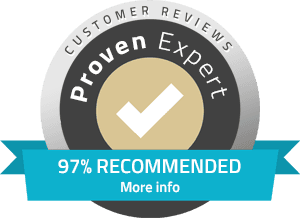Increasing business through digital marketing involves several key strategies and tactics aimed at attracting more customers, converting leads into sales, and retaining existing customers. Here are the essential steps to increase business through digital marketing:
- Define Your Goals and Objectives:
- Clearly outline what you want to achieve through digital marketing (e.g., increase website traffic, generate leads, boost sales, improve brand awareness).
- Understand Your Target Audience:
- Identify and understand your target market demographics, preferences, behaviors, and pain points. This information will guide your marketing strategies to effectively reach and engage with potential customers.
- Optimize Your Website for Conversions:
- Ensure your website is user-friendly, mobile-responsive, and optimized for search engines (SEO). Provide clear calls-to-action (CTAs) and easy navigation to lead visitors towards making a purchase or inquiry.
- Implement SEO Strategies:
- Conduct keyword research and optimize your website content, meta tags, and images to improve organic search engine rankings. Focus on local SEO if your business serves a specific geographic area.
- Create High-Quality Content:
- Develop valuable and relevant content such as blog posts, articles, videos, infographics, and eBooks that address your audience’s needs and interests. Content should be informative, engaging, and optimized for SEO.
- Utilize Social Media Marketing:
- Establish a presence on relevant social media platforms (e.g., Facebook, Instagram, LinkedIn, Twitter) where your target audience spends time. Share content regularly, engage with followers, and use paid advertising to reach a wider audience.
- Invest in Paid Advertising:
- Use PPC advertising (e.g., Google Ads, Facebook Ads) to target specific demographics, interests, and behaviors of potential customers. Set clear objectives, monitor campaigns closely, and optimize ad performance based on data and insights.
- Leverage Email Marketing:
- Build and segment an email list of leads and customers. Send personalized and targeted emails with valuable content, promotions, and updates to nurture leads and encourage repeat business.
- Optimize Conversion Rate:
- Use tools like A/B testing, heatmaps, and analytics to analyze user behavior on your website. Optimize landing pages, forms, and checkout processes to improve conversion rates and reduce bounce rates.
- Monitor and Analyze Performance:
- Track key metrics and KPIs related to your digital marketing efforts (e.g., website traffic, conversion rates, ROI). Use data analytics tools (e.g., Google Analytics, CRM software) to gain insights into what is working well and where improvements are needed.
- Build and Manage Online Reputation:
- Encourage and manage customer reviews and testimonials on platforms like Google My Business, Yelp, and social media. Respond promptly to customer feedback, both positive and negative, to demonstrate excellent customer service.
- Stay Updated and Adapt:
- Digital marketing trends and technologies evolve rapidly. Stay informed about industry changes, new tools, and best practices. Continuously test and refine your strategies to adapt to market shifts and maintain a competitive edge.



